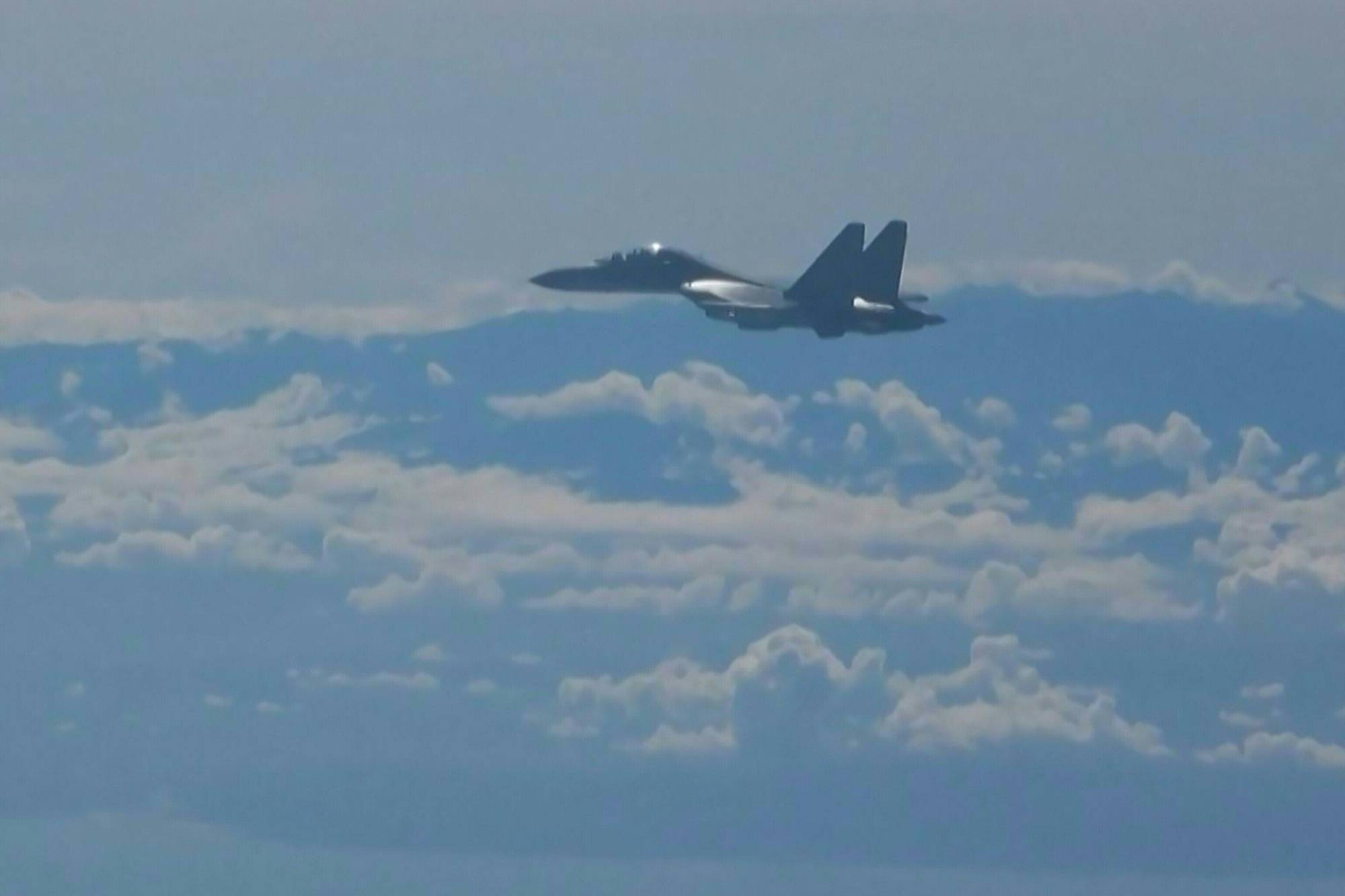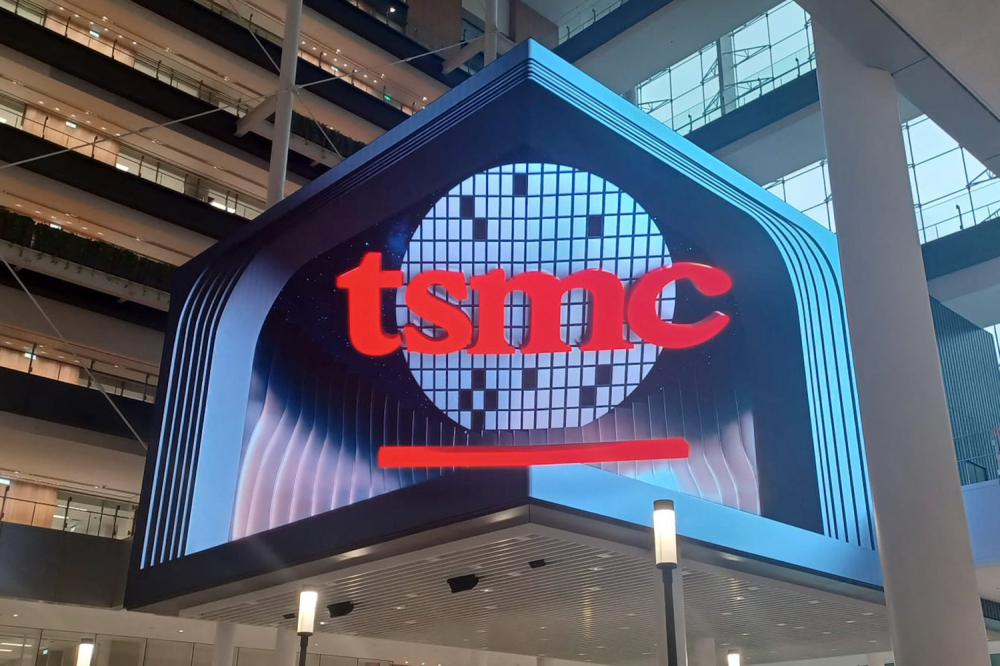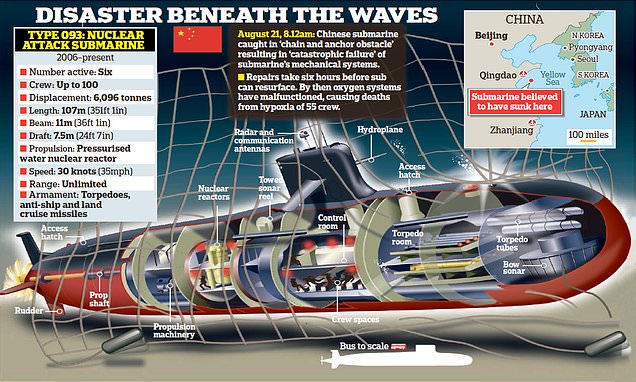Energy Is Taiwan’s Achilles’ Heel
The U.S.-China standoff is heating up, especially in tech. The two countries have been increasingly targeting each other’s inputs and supply lines of
semiconductors, the microchips that are crucial to the modern economy and have diverse applications, from artificial intelligence development to military operations. There is one element of this competition that could have unexpected and potentially pivotal consequences: Taiwan and its energy supply vulnerabilities.
Following the momentous decision by the United States to place
export controls on advanced semiconductor and AI technologies to China back in October 2022, Beijing banned purchases of chips from U.S. producer Micron in May and has hampered
corporate mergers involving U.S. semiconductor companies that work in Chinese markets. Japan and the Netherlands joined the United States in adopting export controls on crucial semiconductor manufacturing equipment to China earlier this year, and Beijing most recently announced export licensing requirements on
gallium and germanium—two important elements used for semiconductors, the mining of which China dominates—that are set to come into effect on Aug. 1.
One critical centerpiece of this semiconductor competition between the United States and China is Taiwan. The island, primarily via the Taiwan Semiconductor Manufacturing Company (TSMC), produces
90 percent of the world’s most advanced chips. To stymie Beijing’s ambitious technological goals, Taiwan has been working with the United States to restrict Chinese access to these chips (as well as the advanced technologies that underpin them). These factors—in addition to the broader tensions between the United States and China over Taiwan’s security alignment with Washington and its overall political status vis-à-vis Beijing—make the island a particularly important element of the U.S.-China competition over semiconductors.
So far, the United States has had an advantage in this competition. China’s progress in developing its own advanced semiconductor manufacturing capabilities has been
slower than Beijing had hoped, despite billions in investment from the state. But at the same time, Taiwan is vulnerable to China’s own restrictions, including exports of raw materials such as rare earth metals, which China also dominates and has proven to use as a
tool of its foreign policy in the past.
Beyond these well-known vulnerabilities, there are other ways that Beijing could seek to influence Taipei, both in terms of its role in the semiconductor standoff and in line with China’s broader goal of “reunifying” with Taiwan. One option is a military intervention. A second option is to impose an economic blockade on the island. A third option is nationalizing TSMC’s operations in mainland China. Yet all of these options come with substantial risks of blowback, including the potential for sparking a direct military clash with the United States and/or a major economic recession, the latter of which could undermine the
core legitimacy of the Chinese Communist Party.
There is, however, another option that China could take to influence Taiwan, one that is more subtle yet can potentially prove effective. Taiwan can’t power itself. It relies on imports for more than
97 percent of its energy needs, and two particularly important energy sources for the island are natural gas and coal. Collectively, these two energy sources account for more than 80 percent of Taiwan’s electricity generation, with electricity serving as a critical (and often overlooked) input for semiconductor production. TSMC alone accounts for more than 6 percent of the island’s energy consumption, and electricity needs for the company’s consumption have grown by more than 30 percent just between
2020 and 2022. Indeed, Taiwan has already grappled with periodic
electricity shortages related to its nuclear energy infrastructure.
Because Taiwan is an island, all these energy imports must come from maritime supply routes, which makes them vulnerable. China has become increasingly active in conducting large-scale
naval exercises that surround the island, particularly during sensitive periods such as U.S. congressional visits to Taiwan or visits by the Taiwanese leadership to the United States. Such exercises can functionally compromise or cut off Taiwan’s supply lines for a limited period, without sparking the kind of blowback that a full-scale blockade or military intervention would. And even a limited disruption could prove significant for Taiwan, which currently has
stockpiles that would last only 11 days for natural gas and 39 days for coal.
A breakdown of Taiwan’s primary coal and liquefied natural gas (LNG) providers reveals further vulnerabilities. Some are friendly countries that are aligned with Taiwan’s objectives regarding China, including
Australia, which provided 55 percent of the island’s coal imports and 32 percent of its natural gas imports in 2021. The
United States provided 9 percent of Taiwan’s LNG supplies in 2021 and that could grow in the future. However, both countries face constraints in supporting Taiwan from an energy perspective—it would take at least 30 days for additional LNG shipments originating from the United States to arrive in Taiwan, while Australia has already been subject to coal import cutoffs by China over political disputes related to COVID-19.
Additionally, some of Taiwan’s energy providers are not as strategically aligned with the island as are the United States and Australia. For example,
Russia—which has been strengthening its ties with China—is a significant energy provider to Taiwan, accounting for just under 15 percent of its coal imports and 10 percent of its natural gas imports in 2021. Moscow has clearly demonstrated its use of energy as a political weapon in Ukraine and throughout Europe and could choose to cooperate with China if Beijing were to manipulate Taiwan’s energy supply.
After all, China accounts for a much larger market for Russia’s energy supplies than Taiwan does, and Beijing has been instrumental in keeping the
Russian energy-economy afloat since the full-scale invasion of Ukraine. It is not beyond the realm of possibility, then, that Moscow could collaborate with Beijing in diverting some of Russia’s Taiwan-bound energy exports to instead go to China as a pressure tactic.
Perhaps more realistically, China could use legal mechanisms to regulate Taiwan’s energy imports on “environmental” grounds and require those shipments to first go through Chinese ports for inspection for a certain period of time, rather than carrying out a full-scale replacement or diversion. Unlike the United States or Australia, Moscow is much less likely to oppose such a move by Beijing, potentially providing China with additional forms of leverage, both economic and diplomatic.
This type of pressure against Taiwan is not limited to Russia. Qatar provides 25 percent of Taiwan’s natural gas exports, but China represents a much larger energy and broader trade
market for the Gulf state. It is perhaps instructive that Qatar has not joined the United States and its allies in sanctioning Russia following its invasion of Ukraine, with its trade with Russia actually growing over the past year despite the West’s attempts to isolate Moscow. Indonesia, which provides 24 percent of Taiwan’s coal imports and 6 percent of its LNG imports, serves as another potential source of leverage for Beijing. Indonesia is a major recipient of investment from China’s Belt and Road Initiative, and its energy exports to China largely outweigh those to Taiwan in absolute terms. Like Russia, it is not inconceivable that such countries outside of the pro-Western camp would stay neutral or possibly even cooperate with China in the manipulation of Taiwan’s energy supplies, whether in a de jure or de facto form.
While not as sexy as a military intervention or full-scale blockade, it is such forms of subtle or piecemeal energy manipulation that could prove influential in boosting China’s strategic position. Even without such manipulation, Taiwan’s semiconductor industry faces other risks from an energy perspective: TSMC is projected to increase its electricity consumption by
267 percent by 2030, and given the large role that the company plays in the island’s overall energy consumption, this will require larger and more diversified sources of energy. Taipei’s goals for expanding renewable energy development are
off target, while the current government plans to phase out nuclear energy, making Taiwan’s future energy security even more precarious.
As China’s semiconductor competition with the United States ramps up in both scope and scale, Taiwan’s energy vulnerability is a reality that both Taipei and Washington need to take seriously. Without adequate preparation, any disruption to Taiwan’s energy supply, regardless of the cause, could have significant economic and geopolitical consequences that may ripple out well beyond the island.
In the U.S.-China tech standoff, supply vulnerabilities give Beijing leverage.

foreignpolicy.com


 www.thedefensepost.com
www.thedefensepost.com









